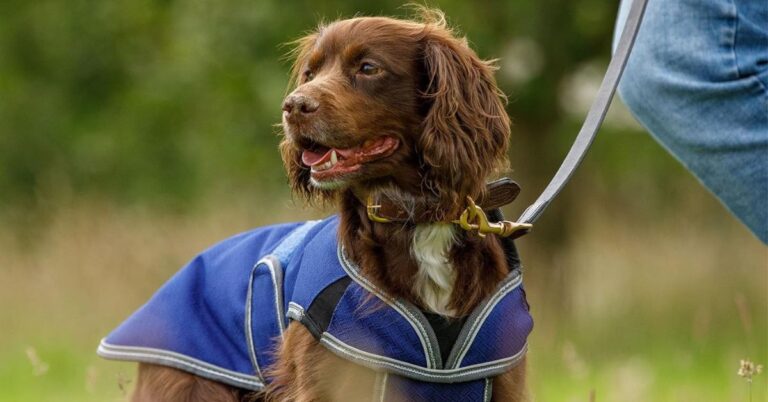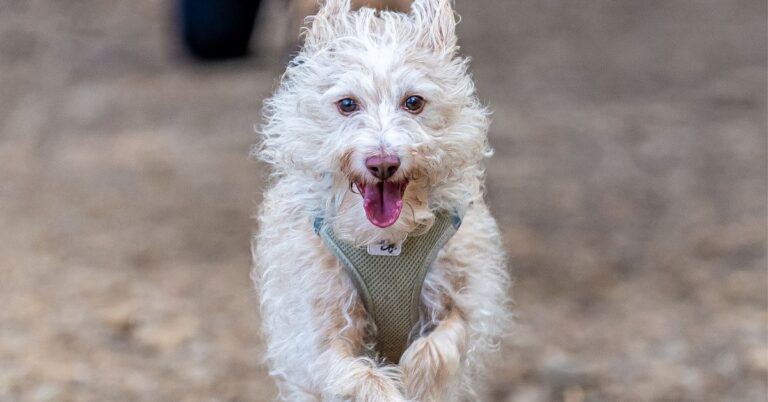15 Common Dog Behavior Problems and How to Fix Them

Even the best dogs can have frustrating behaviors — chewing, barking, digging, and everything in between. But most behavior problems aren’t about “bad” dogs; they’re signs of confusion, unmet needs, or fear. The good news? With the right approach, many issues can be managed or even eliminated. Here are 15 common dog behavior problems and practical ways to fix them.
Excessive Barking
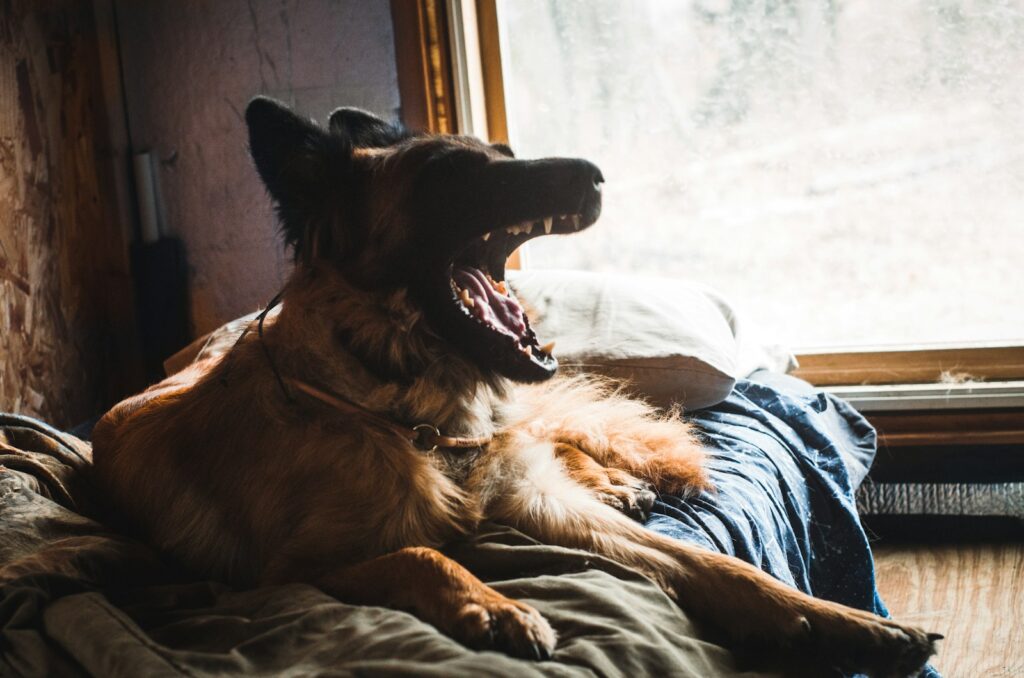
Dogs bark — it’s normal. But nonstop barking at every sound or passerby can drive you (and your neighbors) crazy. Barking is often rooted in boredom, fear, or alertness. To fix it, teach a “quiet” command and reward silence. Increase daily exercise to burn energy and give them interactive toys to stay busy. Ignore attention-seeking barking and reinforce calmness instead. Sometimes, just closing the curtains can stop visual triggers.
Chewing on Everything
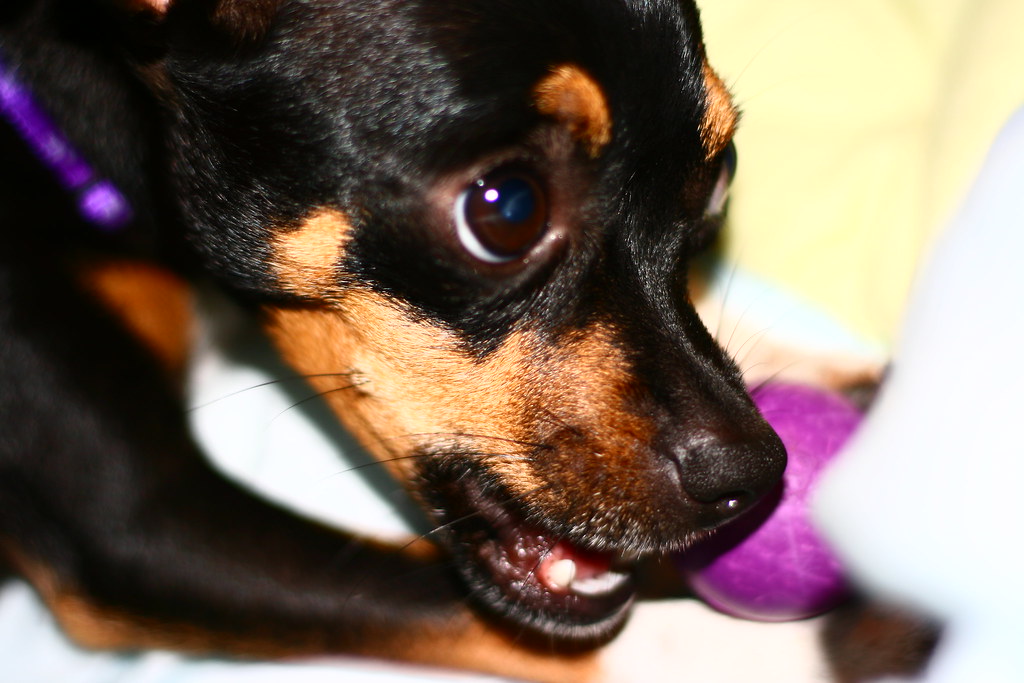
Puppies explore the world with their mouths, but destructive chewing isn’t something you have to live with. Dogs chew out of boredom, anxiety, or teething. Make sure they have plenty of appropriate chew toys. Redirect immediately if you catch them in the act — no punishment after the fact. Puppy-proof your home, and consider crate training when you can’t supervise. Regular exercise helps reduce boredom-related chewing.
Jumping on People
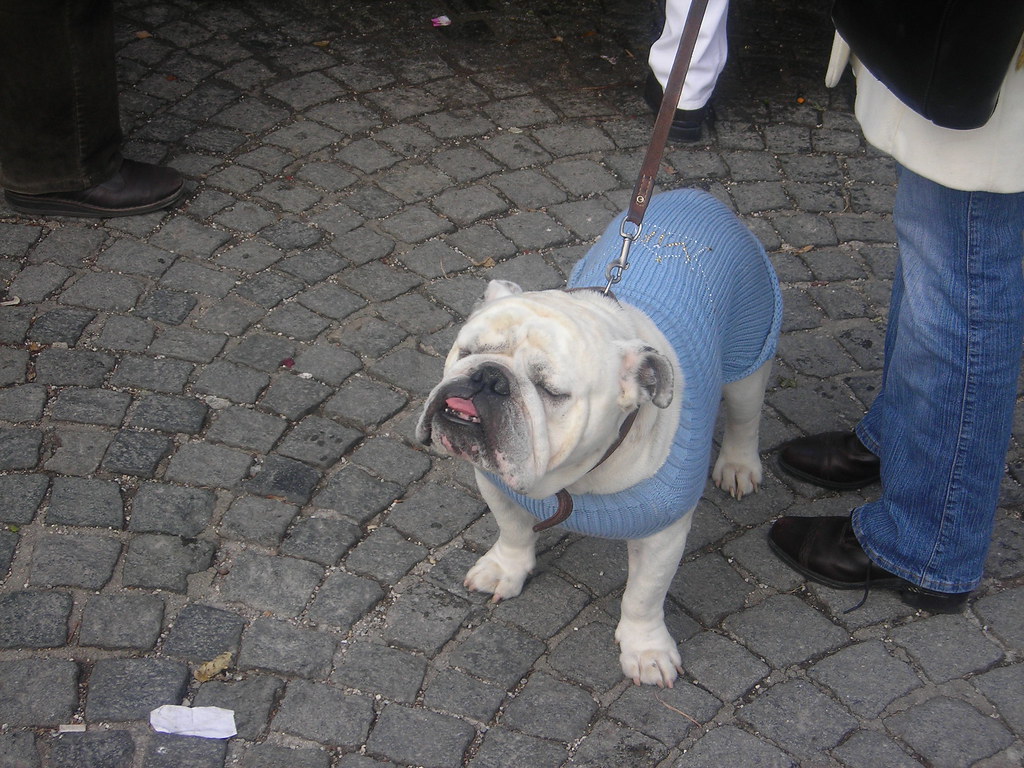
A jumping dog might seem excited, but it’s bad manners (especially with guests). Dogs jump to greet or seek attention. The fix? Ignore the jump — no eye contact, no touch, no words. Only reward your dog when all four paws are on the floor. Teach an alternate behavior like “sit” for greetings and reward heavily when they choose sitting over jumping.
Pulling on the Leash

If your walks feel like sled dog races, you’re not alone. Dogs pull because they’re excited, and because it works. To fix it, stop moving the moment they pull. Resume walking only when the leash slackens. A no-pull harness can help, but training is key. Reward loose-leash walking and practice direction changes to keep your dog focused on you, not the squirrels.
Digging Up the Yard
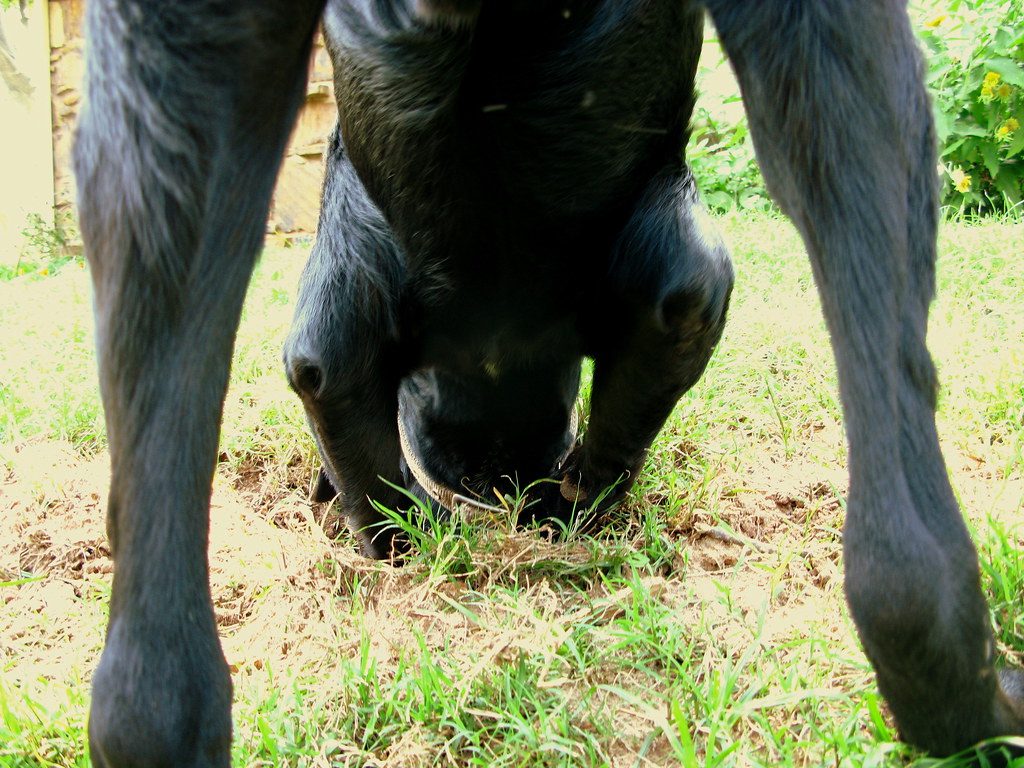
Some dogs are natural diggers, especially terriers. Digging relieves boredom and satisfies instinctual urges. The fix? Provide a designated digging area filled with sand or loose dirt and bury toys for them to find. Increase exercise and mental stimulation. If they dig to escape the yard, make the fence escape-proof and supervise outdoor time closely.
Separation Anxiety
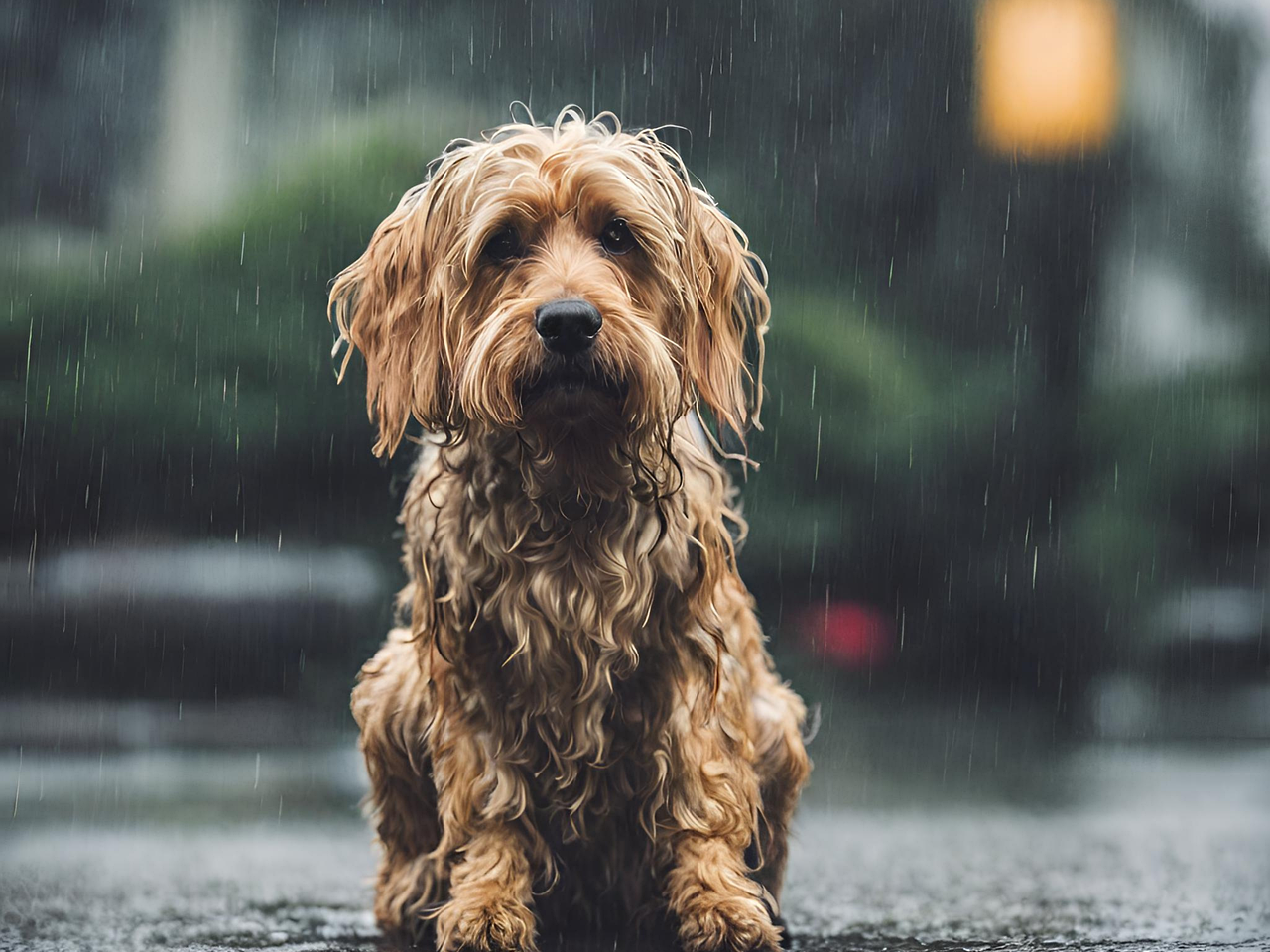
Dogs with separation anxiety panic when left alone — barking, chewing, or even hurting themselves. Fixing it takes patience. Start with short absences, gradually increasing time away. Create positive associations by giving special toys or treats only when you leave. Never make a big deal of departures or arrivals — stay calm. In severe cases, consult a professional trainer or behaviorist.
Begging at the Table

Feeding your dog from the Table just once can create a persistent beggar. Dogs are opportunists — they learn begging works if it’s rewarded. The fix? Never feed from the Table. Teach a solid “place” or “go lie down” command during meals. Consistency is key — if one family member gives in, the behavior will continue.
Aggression Toward Other Dogs
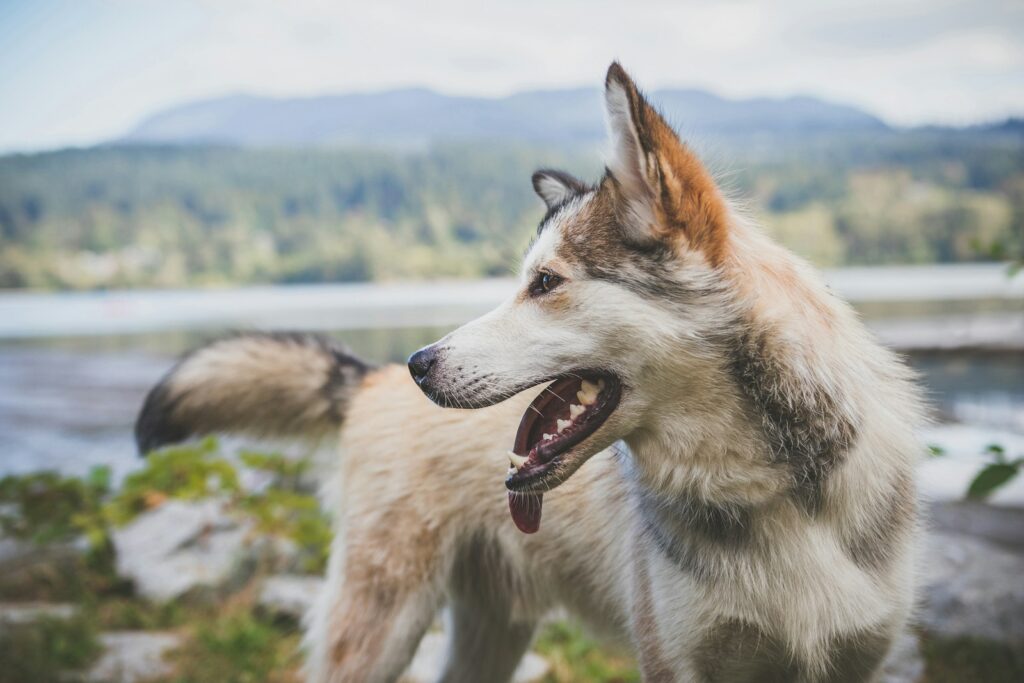
Dog aggression often stems from fear or poor socialization. Never punish aggression — it can make fear worse. Instead, create positive associations with other dogs using treats and distance. Reward calm behavior. Controlled exposure in small doses, ideally with a trainer, can rebuild social skills. Early socialization is critical to prevent future issues.
House Soiling
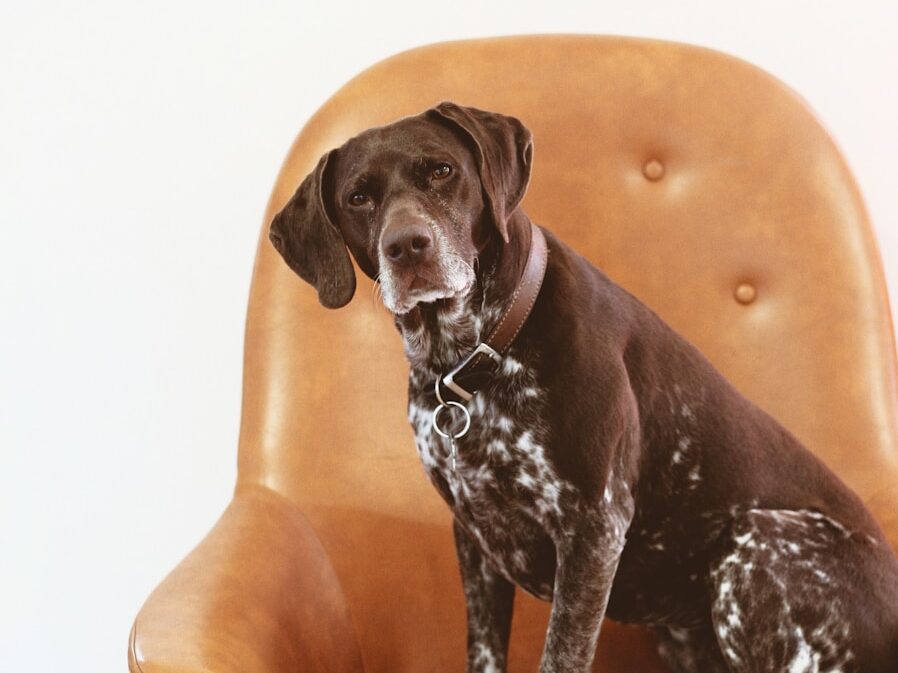
Accidents inside can be frustrating, but punishment only confuses dogs. House soiling often happens because of inconsistent training, medical issues, or anxiety. Fix it by returning to basics — frequent potty breaks, rewards for outdoor elimination, and supervision indoors. Rule out medical problems like urinary tract infections. Crate training can also be a powerful tool to build good habits.
Nipping and Biting
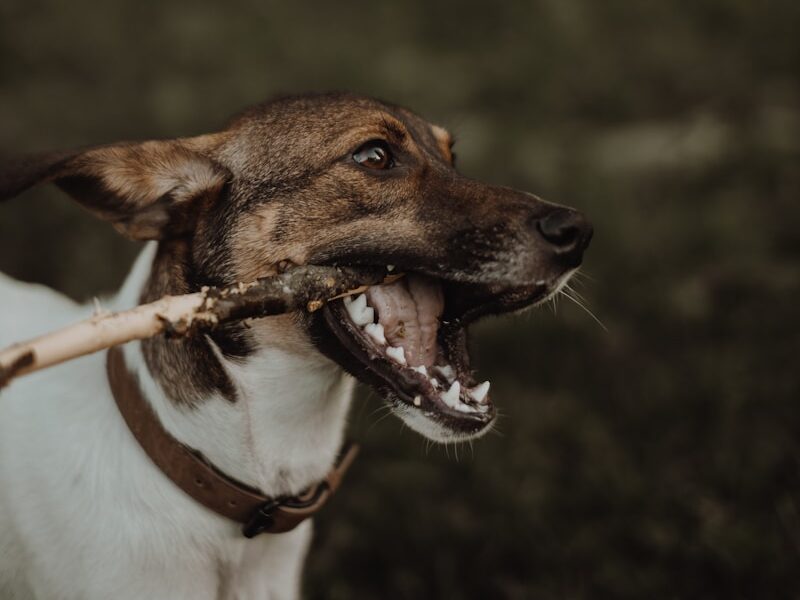
Puppies use their mouths to play, but nipping can escalate if not addressed. Teach bite inhibition early by yelping like a hurt puppy when they nip — then stop playing immediately. Redirect their chewing to toys. Socialization with gentle, adult dogs who teach good manners is also helpful. For older dogs, professional help may be needed if biting stems from fear or aggression.
Chasing Cars, Bikes, or Runners
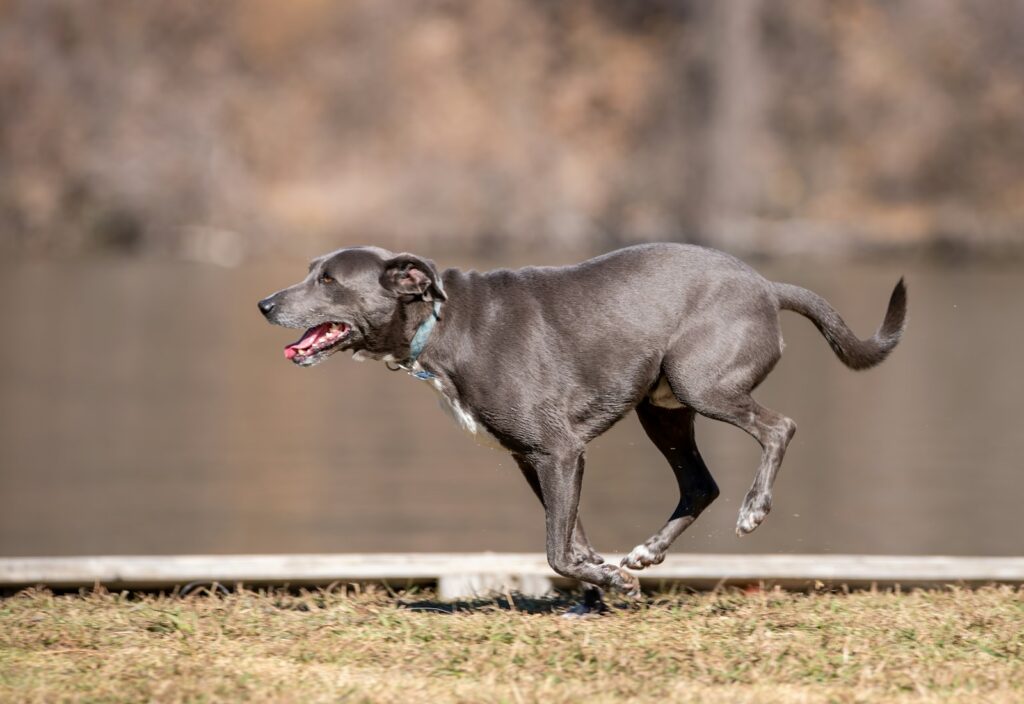
Chasing satisfies a dog’s prey drive but can be dangerous. Fix it by teaching a strong “leave it” or “stay” command and reinforcing impulse control. Start with controlled setups — using friends on bikes or cars at a distance — and reward ignoring the trigger. Always use a leash or a secure yard to prevent accidents until training is solid.
Resource Guarding
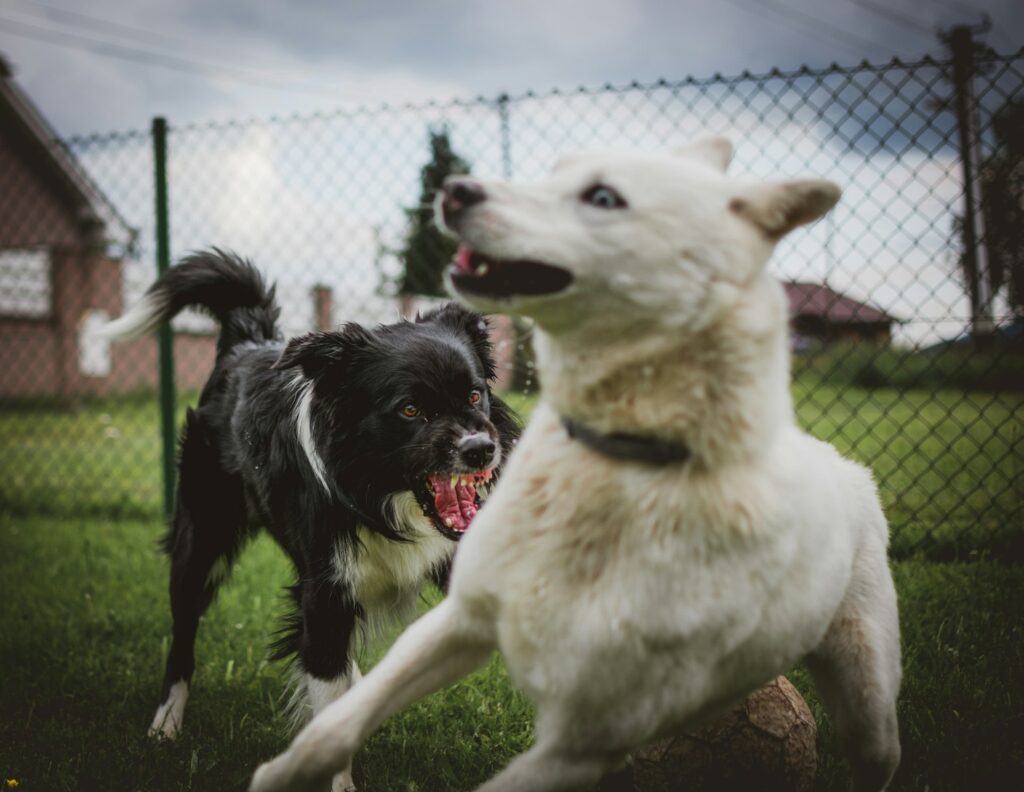
Growling or snapping when someone approaches a food bowl or toy signals resource guarding — a fear-driven behavior. To fix it, build positive associations. Trade high-value items for even better ones (a toy for a treat, for example). Teach “drop it” and “leave it” commands and never forcibly remove things — it builds more fear. For severe guarding, consult a professional.
Excessive Licking
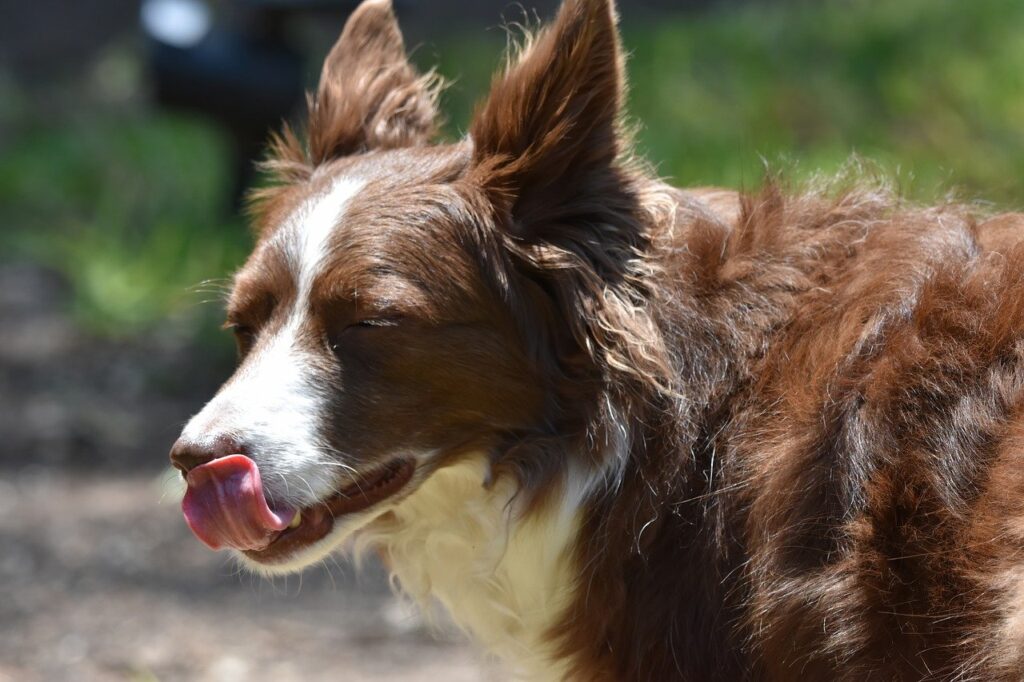
While licking is a sign of affection, obsessive licking can signal anxiety, boredom, or even health issues like allergies. Increase enrichment and exercise. Redirect licking with a toy or a chew. If the behavior persists or they’re licking themselves raw, consult a vet to rule out medical causes.
Escaping or Roaming
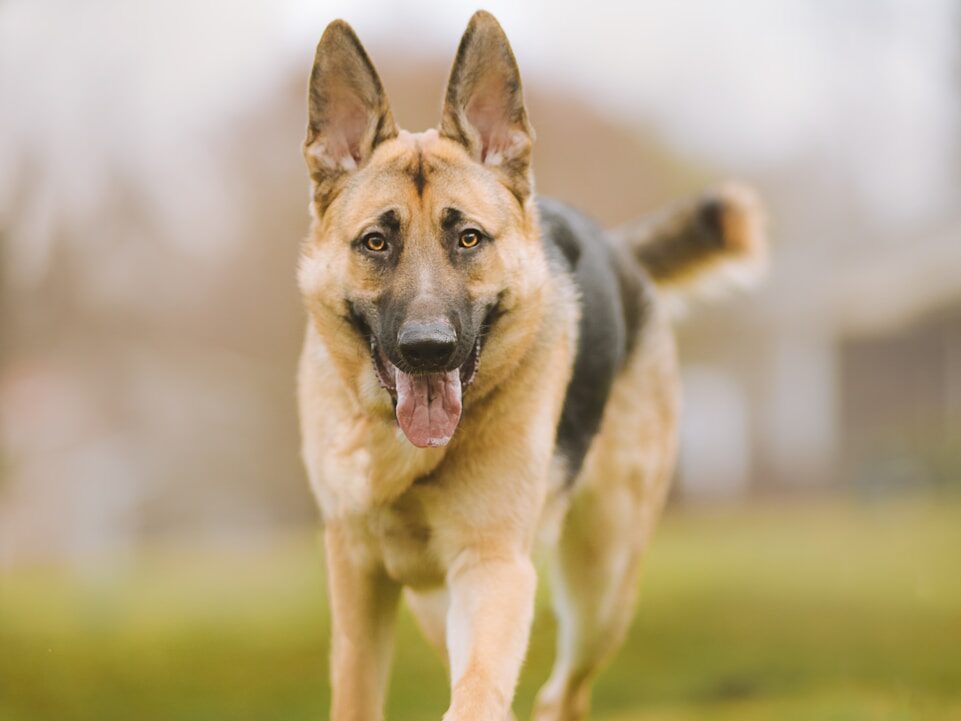
Some dogs are escape artists, always looking for a way out. Boredom, fear, or mating urges (for intact dogs) are common causes. Fix it by increasing mental and physical stimulation and ensuring your yard is secure. Neuter or spay if roaming is hormone-driven. Teaching solid recall and rewarding them heavily for staying near you can also help rebuild trust and reduce the urge to wander.
Fearfulness of People or Objects

Some dogs are naturally more timid, or they may have had bad experiences. Forcing interactions makes the fear worse. Fix it by going at your dog’s pace, using treats to build positive associations, and letting them approach new things or people on their own terms. Confidence builds slowly — celebrate small victories and be patient. In serious cases, a behaviorist can create a customized plan.

